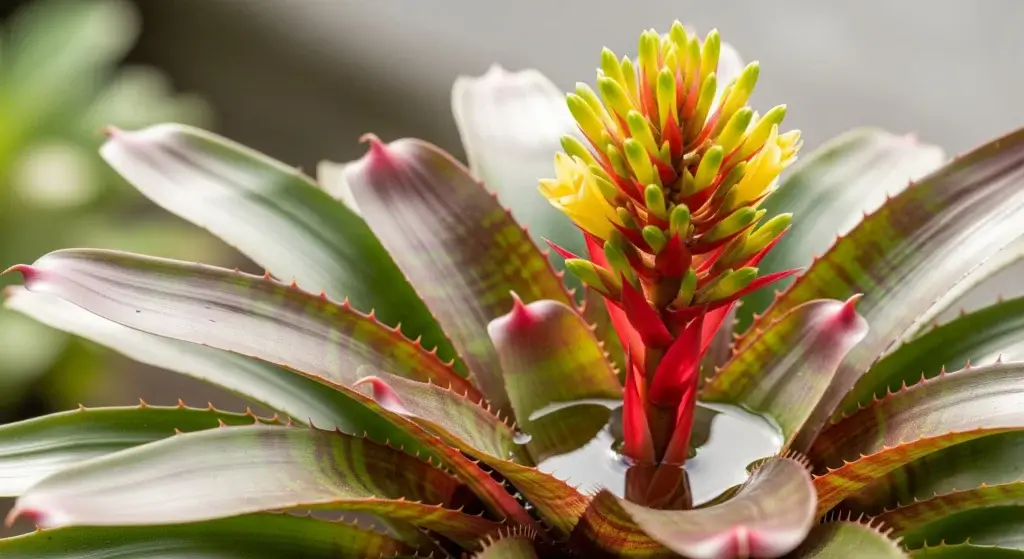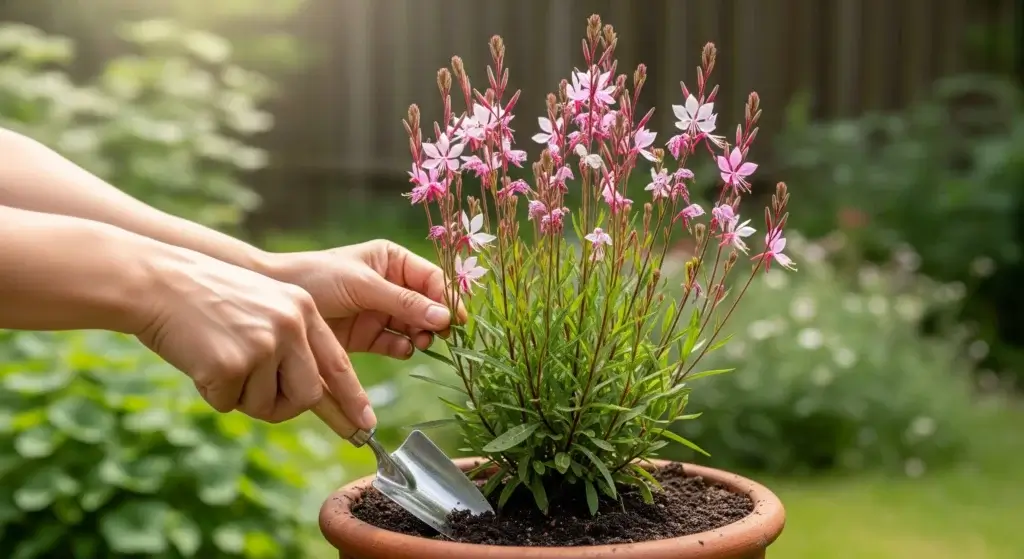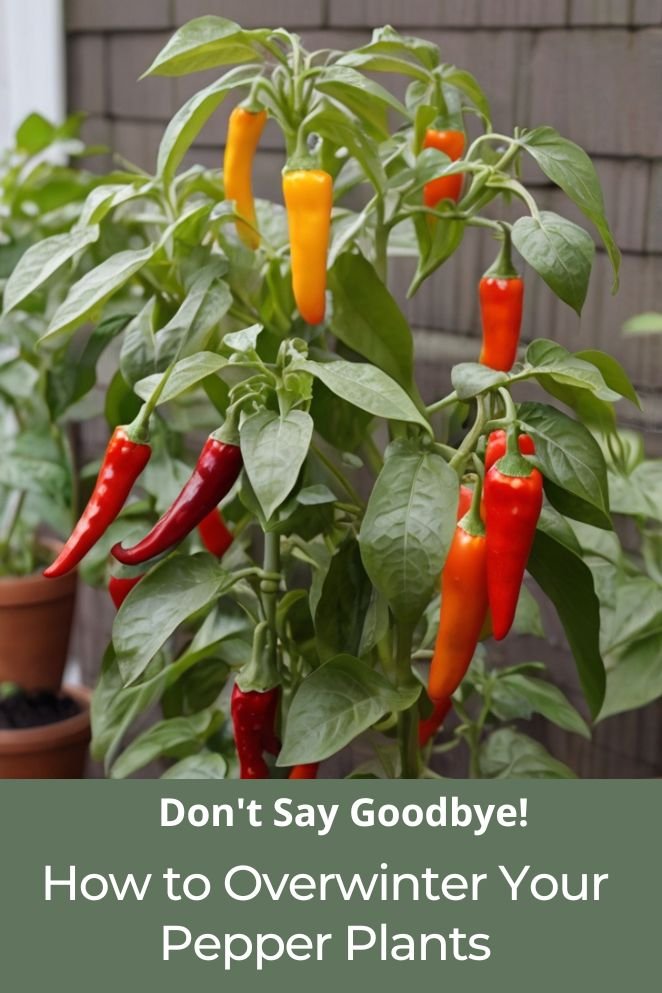
As the weather cools and the growing season comes to a close, many gardeners are left wondering what to do with their pepper plants.
While some may choose to simply discard them, others may opt to overwinter their pepper plants to enjoy a head start on the next growing season.
In this article, we will explore the best methods for overwintering pepper plants, including preparing for the process, choosing the right overwintering method, and providing general care over the winter months.
Preparing for Overwintering
Preparing your pepper plants for overwintering is a crucial step in ensuring their well-being during the colder months.
Let’s delve into the process with care and detail:
Timing is key
To give your pepper plants the best chance of weathering the winter, it’s vital to start preparing them well ahead of the first frost.
Typically, this means getting started in late summer or early fall, around August or September.
This timeframe allows the plants to gradually adjust to the changing conditions and fortify themselves for the colder temperatures ahead.
- Read also: Pepper Apocalypse? Prevent and Fix Blossom End Rot in Peppers
- Read also: DIY Plant Covers for Winter: Protect Your Greenery
For in-ground plants
For pepper plants rooted in the ground, transitioning them indoors or to a sheltered outdoor spot is necessary.
Here’s how to do it:
- Gently uproot the plant: Using a fork or shovel, delicately loosen the soil around the base of the plant.
- Tend to immature peppers: If your plant is still yielding peppers when it’s time for overwintering, it’s wise to remove them.
- Pest inspection: Thoroughly examine the plant for any signs of pests, such as aphids or spider mites.
For container plants
For pepper plants thriving in containers, here’s what to do to prepare them for overwintering:
- Container check: Inspect the container housing your pepper plant for any damage, like cracks or holes, that could compromise its health.
- Potting mix evaluation: Assess the potting mix within the container for signs of compaction or excess moisture.
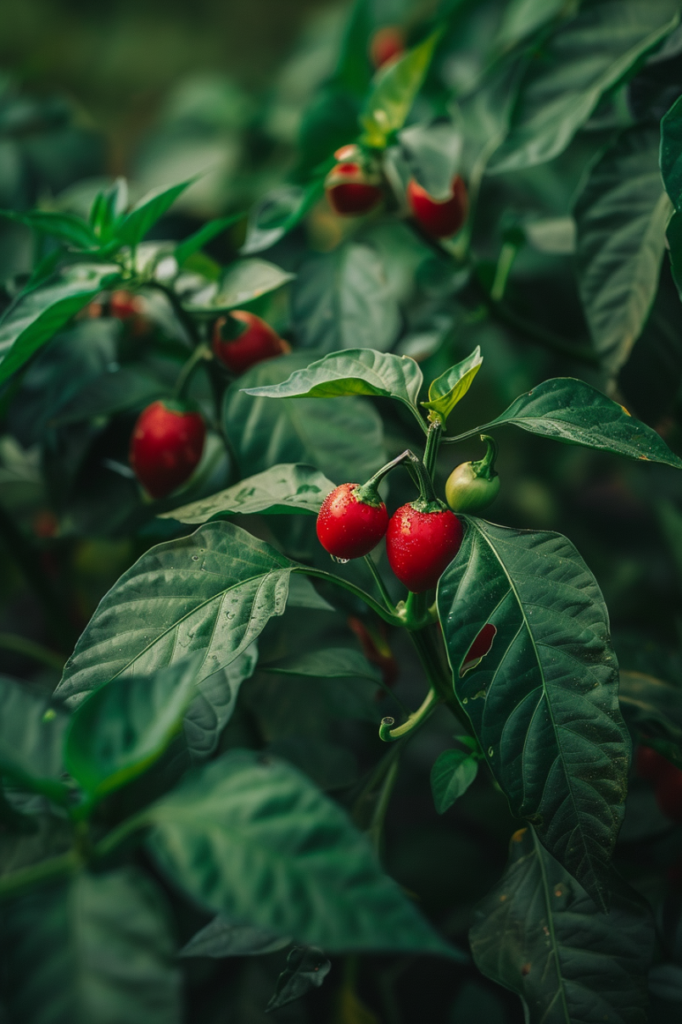
General Tips
Here are some detailed tips to guide you through the process of preparing your pepper plants for overwintering:
Prune for size and shape
Why it matters: Pruning your pepper plants before overwintering serves multiple purposes.
It helps maintain the plant’s size and shape, ensuring it fits comfortably in its indoor or sheltered outdoor environment.
Additionally, pruning encourages bushy growth, which can lead to increased fruit production once the growing season resumes.
How to prune
- Start by identifying any overgrown or leggy branches that may need trimming.
- Use clean, sharp pruning shears to carefully remove these branches, making clean cuts just above a set of healthy leaves or nodes.
- Aim to create a balanced and compact shape, removing excess growth to maintain the plant’s overall health and vigor.
- Avoid removing too much foliage, as this can stress the plant unnecessarily. Instead, focus on strategic pruning to achieve the desired size and shape.
Treat for pests
Why it’s important: Pests can pose a significant threat to pepper plants during the winter months, especially when they’re confined to indoor spaces with limited airflow.
Treating the plants with neem oil helps prevent pests such as aphids, whiteflies, and spider mites from infesting the plant and causing damage.
How to treat with neem oil
- Dilute neem oil according to the instructions on the packaging to create a spray solution.
- Thoroughly spray the entire plant, including the stems, leaves, and undersides of the foliage, ensuring complete coverage.
- Repeat the treatment every 1-2 weeks or as needed, especially if you notice signs of pest activity.
- Monitor the plant closely for any signs of pests or new infestations, and continue treatment as necessary to keep them at bay.
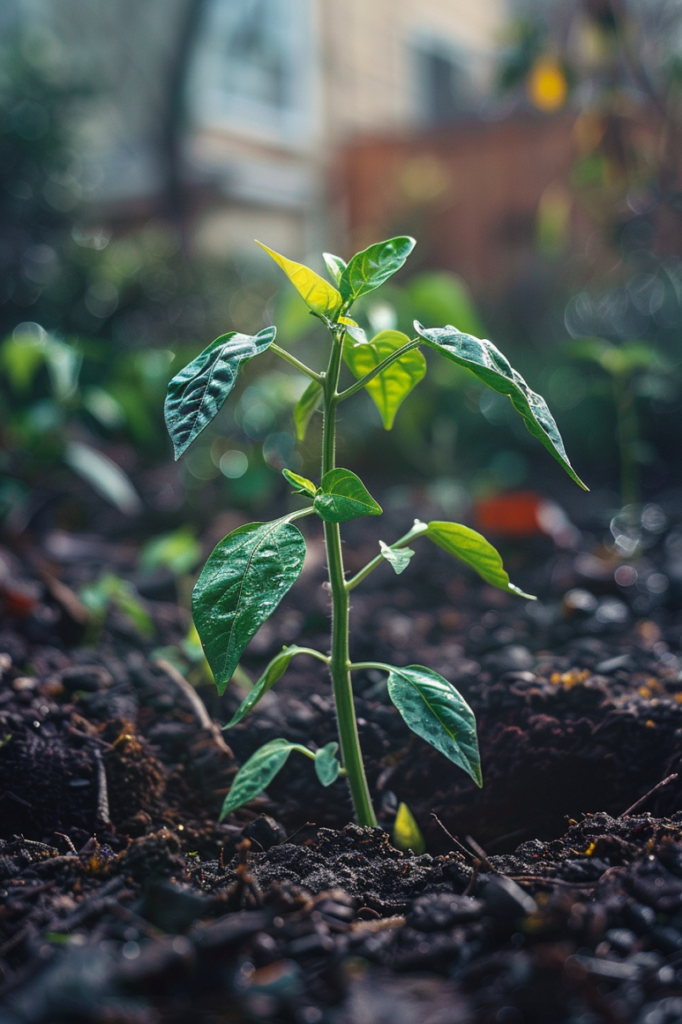
Overwintering Methods
There are several methods you can use to overwinter your pepper plants, including indoor and outdoor methods.
Here are some of the most effective methods:
Indoor
Method: Bringing pepper plants indoors to protect them from harsh winter conditions.
Key considerations
- Location selection: Choose a sunny spot indoors, such as a south-facing windowsill, where your pepper plants can receive ample sunlight.
- Light requirements: Pepper plants require significant light to maintain their health indoors. If natural sunlight is insufficient, supplement with grow lights to provide the necessary light spectrum for optimal growth.
- Watering schedule: During the winter months, pepper plants enter a period of dormancy and require less water.
Outdoor
Method: Overwintering pepper plants outdoors in a sheltered location.
Key considerations
- Location selection: Choose a sheltered spot outdoors, such as a garage, shed, or beneath eaves, to protect your pepper plants from harsh winds and frost.
- Dormancy and watering: Reduce watering frequency to once a month, allowing the soil to dry out slightly between waterings.
- Protection from frost: When temperatures drop below freezing, provide additional protection to your pepper plants by covering them with a sheet or blanket.
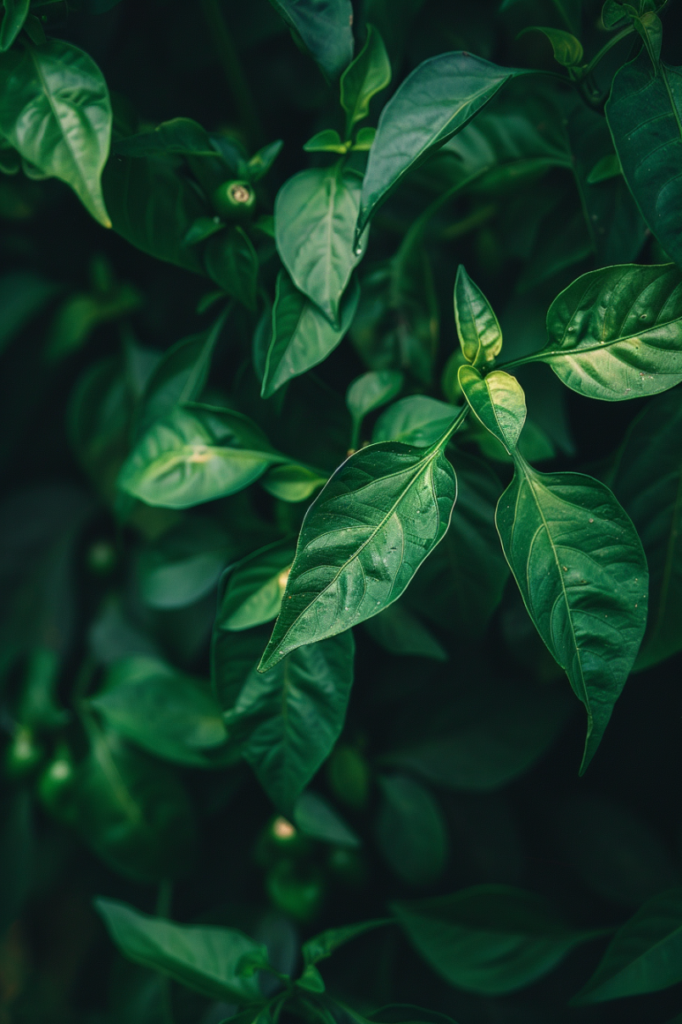
General Care Over Winter
In addition to the specific methods mentioned above, there are several general care tips to keep in mind when overwintering your pepper plants:
Monitoring for pests
Why it’s important: Just like us, pepper plants can attract some unwanted guests, such as aphids, whiteflies, or spider mites.
Keeping a close watch for signs of these pests allows us to nip any infestation in the bud and keep our plants healthy.
How to monitor
- Weekly check-ins: Schedule regular check-ins with your pepper plants, preferably once a week.
- Thorough examination: Don’t forget to check under the leaves and along the stems, as pests often like to hide in these less visible spots.
- Treatment with neem oil: Neem oil is our trusty ally here. Mix it according to the instructions on the bottle and give your plants a gentle spray, making sure to cover all the affected areas.
Monitoring for disease
Why it’s important: Pepper plants, just like us, can also fall ill from time to time.
By keeping an eye out for any signs of disease, we can catch any problems early on and stop them from spreading.
How to monitor:
- Symptom spotting: Stay vigilant for any changes in your plants’ appearance, such as yellowing leaves, wilting, or strange spots or marks.
- Separate and conquer: If you do notice any signs of disease, it’s best to separate the sick plants from the healthy ones to prevent any further spread.
- Fighting back with fungicides or bactericides: Treat your affected plants with a suitable fungicide or bactericide, following the instructions carefully.
Providing support
Why it’s Important: Just like we all need a helping hand from time to time, our pepper plants benefit from a little support too.
Providing them with sturdy stakes or trellises helps keep them standing tall and strong.
How to provide support
- Sturdy stakes and secure ties: Choose some reliable stakes or trellises and gently guide your pepper plants to them.
- Regular check-ups: Give your plants a quick once-over every now and then to make sure they’re still standing tall.
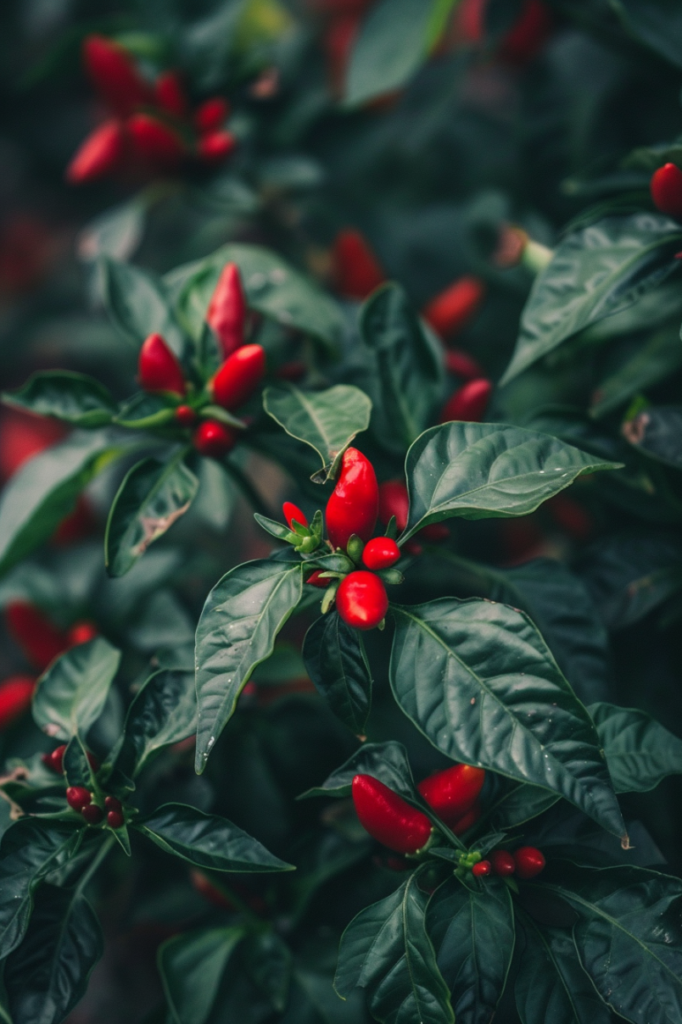
- Read also: Turn Up the Heat! Secrets on How to Grow Peppers Hotter
- Read also: Peppers and Pals: A Guide to Companion Planting for Peppers
Conclusion
Overwintering pepper plants is a great way to enjoy a head start on the next growing season.
By following the tips and methods outlined in this article, you can successfully overwinter your pepper plants and enjoy a bountiful harvest in the spring.
FAQs
Some common mistakes to avoid when overwintering pepper plants include overwatering, underwatering, and failing to provide adequate light.
To prepare your pepper plants for overwintering, start by pruning them for size and shape, and treating them for pests with neem oil if necessary.
To protect your pepper plants from frost, cover them with a sheet or blanket if temperatures dip below freezing.

